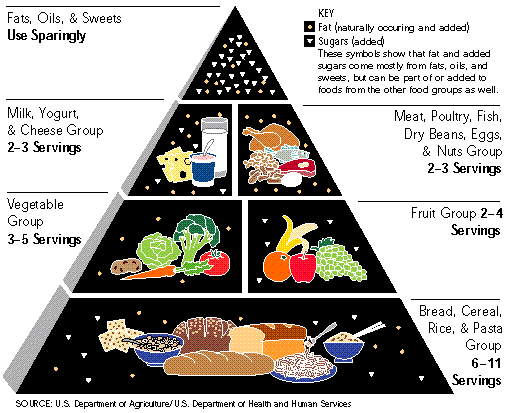Food poisoning is the name given to illness after eating contaminated food. It typically manifests with the unpleasant symptoms of sickness, vomiting, diarrhoea and abdominal cramps which, in some cases, can be extremely severe. In England and Wales there were more than 84,500 cases of food poisoning in 2010, although in reality the number could be much greater. Many people suffering from milder cases were less likely to visit a doctor to report their symptoms.
Although the number of pathogenic bacteria needs to be very high for illness to occur, even a small area of food can be covered with enough for this to happen because the microorganisms are miniscule and can multiply rapidly. The onset of food poisoning can be anything between 1-36 hours after ingesting the contaminated substance, and although symptoms usually subside within a week without the need for treatment, it can be a fatal illness. In the UK alone, around 500 people die each year from food poisoning.
There are many reasons why food poisoning can occur, but here is a list of 10 common causes:
Preparing food too far in advance and having to store it at room temperature for a long time.
Having all your food prepared way ahead of time may seem convenient, but if food is left in the danger zone (between 5oC and 63oC) for an extended period of time, then bacteria will multiply fast.
Cooling food too slowly before it is served or stored in the fridge or freezer.
If food is cooled too slowly then it is left in the danger zone for a long time, giving bacteria a chance to thrive. Even if the food is then frozen, the bacteria will continue to multiply again once it is defrosted, meaning that there will be a large number of potentially harmful microorganisms.
Not reheating food to a high enough temperature.
Food must be reheated for long enough and to a sufficient temperature, such as 75oC ( this varies by country according to their guidelines), so that bacteria are killed.
Using cooked food that has previously been contaminated with pathogenic bacteria.
These bacteria can cause food poisoning if ingested in large enough amounts. So it is dangerous to use food that has already been cooked because it could contain such microorganisms and the bacteria will still be there when serving it.
Undercooking food.
Food should be cooked for at least 2 minutes at a minimum temperature of 75oC before it is eaten, otherwise the bacteria may not be killed.
Not thawing frozen food properly.
Food must be completely defrosted before it is cooked, otherwise there could be areas of the food that are not cooked sufficiently and which still contain bacteria.
Cross contamination.
This could occur if harmful bacteria are transferred, directly or indirectly, from high-risk foods (often raw food) to other foods.
Eating contaminated and uncooked foods raw.
This could be the case with shellfish, fish or eggs for example. Foods that are not cooked may contain bacteria which will only be destroyed if it is cooked. Therefore, if the foods are contaminated, these harmful bacteria will remain and be ingested.
Not storing hot food in the correct way.
Hot food should be held hot, at or above 63oC, so that it is outside the danger zone to minimise bacterial multiplication.
Poor hygiene standards in the kitchen or by food handlers.
Food handlers must ensure that they deal with any food in the correct way and that the preparation and cooking area is kept clean and free from contamination.
The most common source of food poisoning is salmonella, which accounts for a high proportion of cases (80%). Staphylococcus aureus and clostridium perfringens are also common bacterial sources. It is not just bacteria that cause illness though: viruses, moulds, chemicals and metals are also causes of food poisoning. It is important to be aware of this, and to know how food poisoning can arise, so that you ensure that necessary precautions are taken to avoid serious health risks when food is eaten.

 Introduction To Of Some Lower Cholesterol Foodstuffs
Cholesterol is a fat-like element contained in the physique
Introduction To Of Some Lower Cholesterol Foodstuffs
Cholesterol is a fat-like element contained in the physique
 The Simplest Way To Lessen Your High Cholesterol By Natural Means
High-cholesterol is a major variable inside the countrywide
The Simplest Way To Lessen Your High Cholesterol By Natural Means
High-cholesterol is a major variable inside the countrywide
 Starting Up An Aquaponics Set Up From See The Easy Way
Planting seeds in your aquaponics system can be a lot simpl
Starting Up An Aquaponics Set Up From See The Easy Way
Planting seeds in your aquaponics system can be a lot simpl